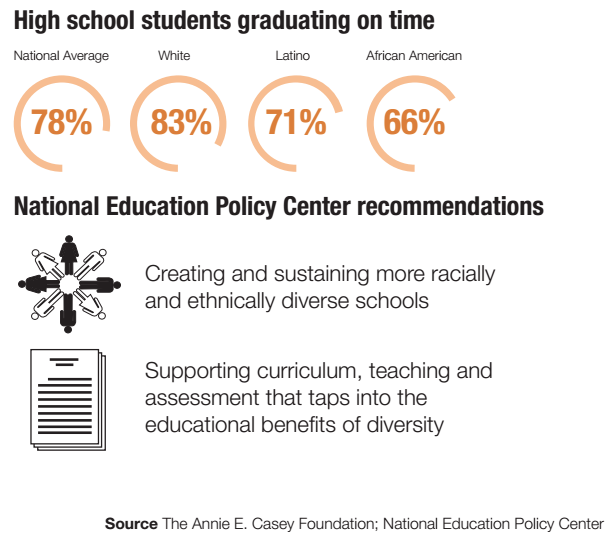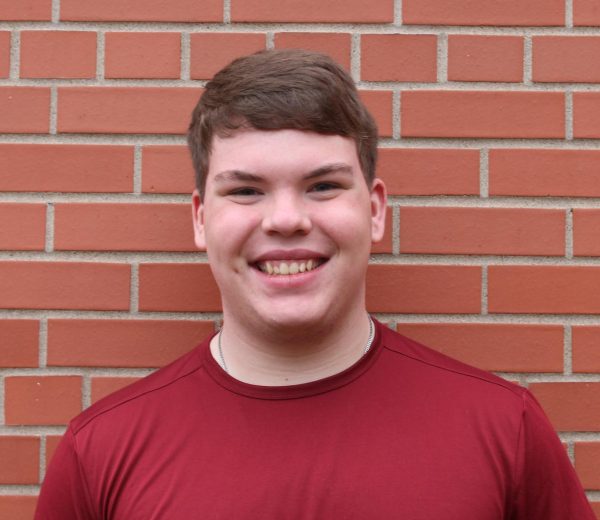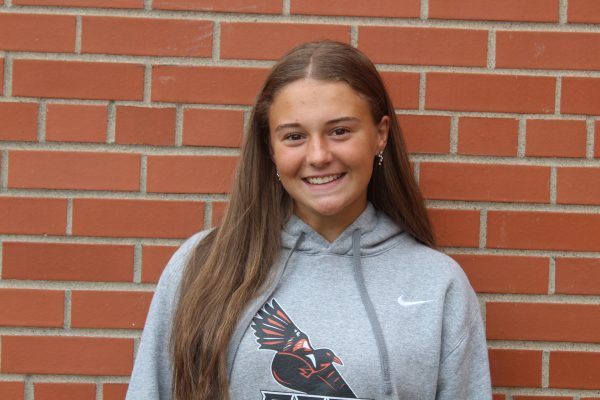Schools need to admit, then act
Administration needs to accept racial inequality exists
January 17, 2015
The first step is admitting. The first step in the 12-step program is admitting you have a problem, but it is the first step for any issue you may come across. In this case, it is race.
Racial inequality did not end with the Civil Rights era and the only way to end it, is to acknowledge that it is still an issue.
Society can argue about a multitude of ideas that would help create racial equality in our schools, but until we admit that we have an issue, we can never fix the problem. It is not that Park is denying this racial inequality, but by not publicly addressing the issue, we are practically ignoring it. No one in the administration would, or should, deny that society needs to grow more in terms of racial equality, but that does not mean that not addressing the situation is right either.
According to the Huffington Post, 16 percent of black students were annually suspended, compared to only five percent of white students.
It is also reported that while 16 percent of America’s public school students are black, they make up 31 percent of students arrested for offenses during school and 27 percent of students schools refer to law enforcement.
The World’s Best Workforce Plan reports only 17 percent of black students passed the math MCA’s, while 22 percent of hispanic students passed the same test.
These statistics are not by chance or coincidence and it is time we stop information like this and start taking action to resolve the issue.
Once society, and our school, address that the Civil Rights era never really did end, then we can start taking steps to solve inequality between the races.
One of the first steps to increasing racial equality in schools starts at an early age. Children of all races, ethnicities and genders need to be blended into classes, starting from their very first day of primary education. Not only will this increase diversity in classrooms, but it will help give all children equal opportunities to succeed, even at five or six years old.
Another step is giving teachers and school administration staff the proper training and education needed to encourage and help their students succeed, no matter their gender or income. In order for every student to flourish, teachers need to be able to support, encourage and guide them in any situation, not just typical middle class white students.
While many ideas and programs are supposed to improve racial equality in schools and at Park specifically, groups such as HAP and the recently created SOAR (Student Organization Against Racism) will not end inequality alone. Park needs to address there is a problem before anything can be done to fix it. Once we admit it, we can take the steps to finally ending racial inequality in schools.















